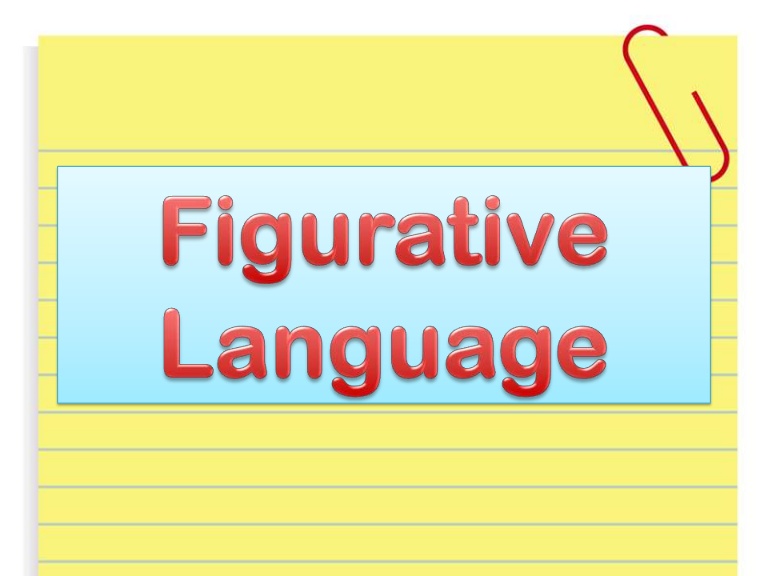Figurative Language Literary Definition and Meaning
Если кто-то говорит: «Джо — черепаха», большинство носителей английского языка понимают, что это означает, что Джо медленный. Как они связывают Джо с черепахой и медлительностью?
Люди знают, что пытается передать предложение, потому что понимают разницу между образным и буквальным языком. Они могут не знать точных терминов, но они знают, как их использовать.

Что такое образный язык?
To understand what figurative language is, it is important to start with a working definition of literal language. Literal language refers to a phrase or sentence that is to be taken at face value to mean exactly what it says.
For example, if a sentence reads, “he went outside the box,” that means the man was in a box and went outside of that area to another space. Figurative language means using words to imply another meaning or to evoke an emotion.
Going back to the previous example, “he went outside the box,” the sentence would have a whole different meaning if taken figuratively. By interpreting, “he went outside the box,” figuratively, the sentence means that the person used his imagination and creativity to solve a problem.
So, the same sentence can have completely different meanings when taken either literally or figuratively.
How to define figurative language?
This begs the question of how does a person know when to take a sentence to be literal or figurative.
The key to understanding whether a phrase needs to be taken literally or figuratively is common sense. Connotation refers to how the words and sentences preceding or following the phrase in question help to place the phrase into the correct context.
For example, in the example sentence, “he went outside the box,” if the preceding sentences explained that a man was trapped inside of a box or perhaps referred to a baseball batter’s box, the reader would take that into consideration and know that the sentence should be taken literally to mean that the man actually stepped outside of a box.
Однако, если предложения и слова вокруг фразы говорили о человеке, пытающемся решить проблему или использующем свое творчество или воображение для какой-либо цели, фразу можно и нужно понимать в переносном смысле, означающую, что он решил проблему нетрадиционными средствами и мышлением.
Немного здравого смысла, полученного из жизненного опыта, может помочь читателю понять разницу.
Типы образного языка
Образный язык также включает в себя такие термины, как сравнение , метафора , олицетворение и т. д., но корень проблемы остается прежним — выяснение значения фразы через контекст и коннотацию.
Используя образный язык, писатели могут вызывать эмоции и образы в своих произведениях, которые буквальный язык просто не может дать. Таким образом, образный язык делает выражение смысла через письмо более простым и понятным для читателя.